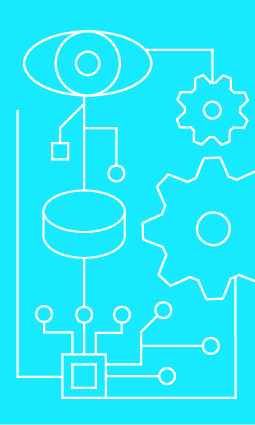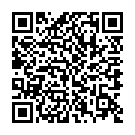|
|
|
| Module code: MST2.PH2 |
|
|
4V+2P (6 hours per week) |
|
7 |
| Semester: 2 |
| Mandatory course: yes |
Language of instruction:
German |
Assessment:
Written exam 120 min. (100%) + practical course (ungraded)
[updated 05.10.2020]
|
MST2.PH2 (P231-0063) Mechatronics and Sensor Technology, Bachelor, ASPO 01.10.2019
, semester 2, mandatory course
MST2.PH2 (P231-0063) Mechatronics and Sensor Technology, Bachelor, ASPO 01.10.2020
, semester 2, mandatory course
|
90 class hours (= 67.5 clock hours) over a 15-week period.
The total student study time is 210 hours (equivalent to 7 ECTS credits).
There are therefore 142.5 hours available for class preparation and follow-up work and exam preparation.
|
Recommended prerequisites (modules):
None.
|
Recommended as prerequisite for:
MST2.ATO Atomic and Solid-State Physics
MST2.PH3 Physics 3
[updated 12.04.2021]
|
Module coordinator:
Prof. Dr.-Ing. Barbara Hippauf |
Lecturer: Prof. Dr.-Ing. Barbara Hippauf
[updated 01.10.2020]
|
Learning outcomes:
After successfully completing this module, students will understand and be able to apply physical phenomena and quantities in the fields of electromagnetism, fluid mechanics and thermodynamics.
They will be able to work with physical quantities and units. They will be able to analyze physical problems and solve them with suitable methods, as well as check their solutions for plausibility and applicability. Students will be able to plan and carry out measurements. They will be able to present and interpret their results.
[updated 05.10.2020]
|
Module content:
Electric field:
Electric charge, Coloumb´s law, electric field, Gauss´s law, electric potential, electric dipole, matter in an electric field. Electrostatic induction, capacitor. Dielectric, polarization.
Electric current, resistance, energy, power, charge transport, electric current, conductivity, Ohm´s law, circuits.
Magnetic field:
Magnetic flux, Ampere´s law, Biot-Savart law, Lorentz force, Ampère´s circuital law, time-dependent fields, inductance, induction law, ferromagnetism, rotating conductor loop in a constant, homogeneous field, ideal transformer, eddy currents, semiconductor, Hall effect.
Mechanics of liquids and gases:
Gravity pressure and buoyancy in liquids, Archimedes principle and Boyle´s law, hydrostatic pressure and buoyancy in gases, especially in the atmosphere, laminar flow, in particular the continuity equation and Bernoulli´s principle, Hagen-Poiseuille´s law, turbulent flow, Reynolds number.
Practical course:
Selected experiments for practicing the content from the modules Physics 1 and Physics 2. Error calculation, experiments and their documentation in groups of two.
[updated 05.10.2020]
|
Teaching methods/Media:
Lecture, exercise, demonstration in the high voltage laboratory.
Practical course: Experiments and their documentation in groups of two.
[updated 05.10.2020]
|
Recommended or required reading:
Halliday, Resnick, Walker, Physik, Bachelor Edition, Wiley-VCH; Tipler, Mosca, Physik, Springer Verlag; Demtröder, Experimetalphysik, mehrere Bände, Springer Verlag.
[updated 05.10.2020]
|


